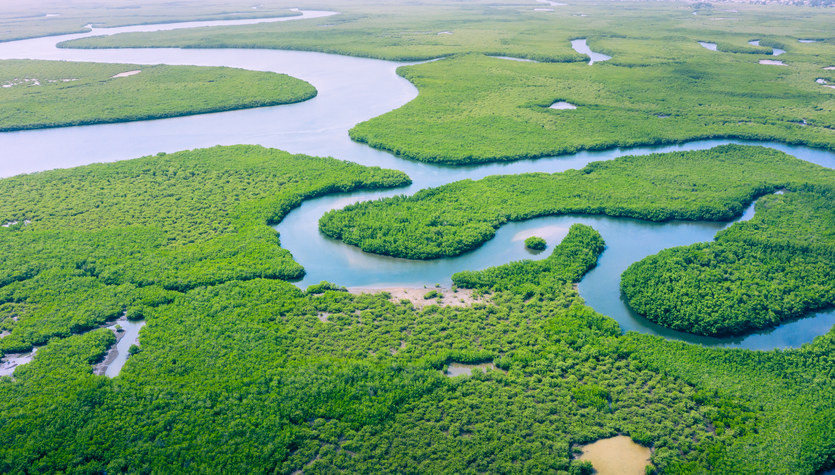In the latest research, archaeologists focused on two large settlements that they gave their names Kotoka And Landivar. They were the central centers of the regional network of smaller cities (there were up to 24 of them in total). Connected still visible damsWhich is several kilometers long and scattered among the forest.
Scientists say it’s the first time they’ve noticed Low Density Tropical Urbanism in the Amazon region.
It was used for research lidar photography, That is, laser scanning of a specific area. Using it, you can get a very detailed picture of the Earth’s surface, excluding all plants from it. in this way You get a “naked” topographic map.
The equipment was installed on helicopters. The research was mainly carried out by European archaeologists who examined six selected regions in this way. In the past, they inhabited Kazarapi culture peoples. This society developed between 500 and 1400 AD in what is today the North Bolivia.
Scientists discovered in the forest A wide network of settlements. Represents low-density urban buildings. Here you can find many ceremonial structures with stepped platforms, and in the upper part of them are U-shaped structures, and you can also note rectangular mounds and Pyramids. The height of the discovered pyramids reaches 22 meters, and all buildings are oriented mainly to the north and northwest. As noted by archaeologists, this may be related to “Cosmic view of the world“.
Scientists estimate that former workers transferred up to 570,000 cubic meters of land for the construction of one of the cities – Kotoka. In addition to residential and ceremonial buildings, trenches and dams surrounding settlements were also discovered irrigation systems It consists of channels and tanks. Most likely, thanks to them it was possible Maintain a large population.
For many years, some archaeologists thought so poor tropical soil In the plains of Llanos de Mojos in Bolivia, they are usually unable to sustain a large population, especially urban communities.
However, the Kasarabi people were relatively skilled in their time The agricultural economy. Farmers at the time turned the seasonally flooded Amazonian savannah into productive areas. At the same time, they were engaged in fishing and hunting.
Our findings put an end to the Western argument Amazon It was sparsely populated in pre-Hispanic times. Kazarapi culture had an integrated, continuous and dense settlement system.







